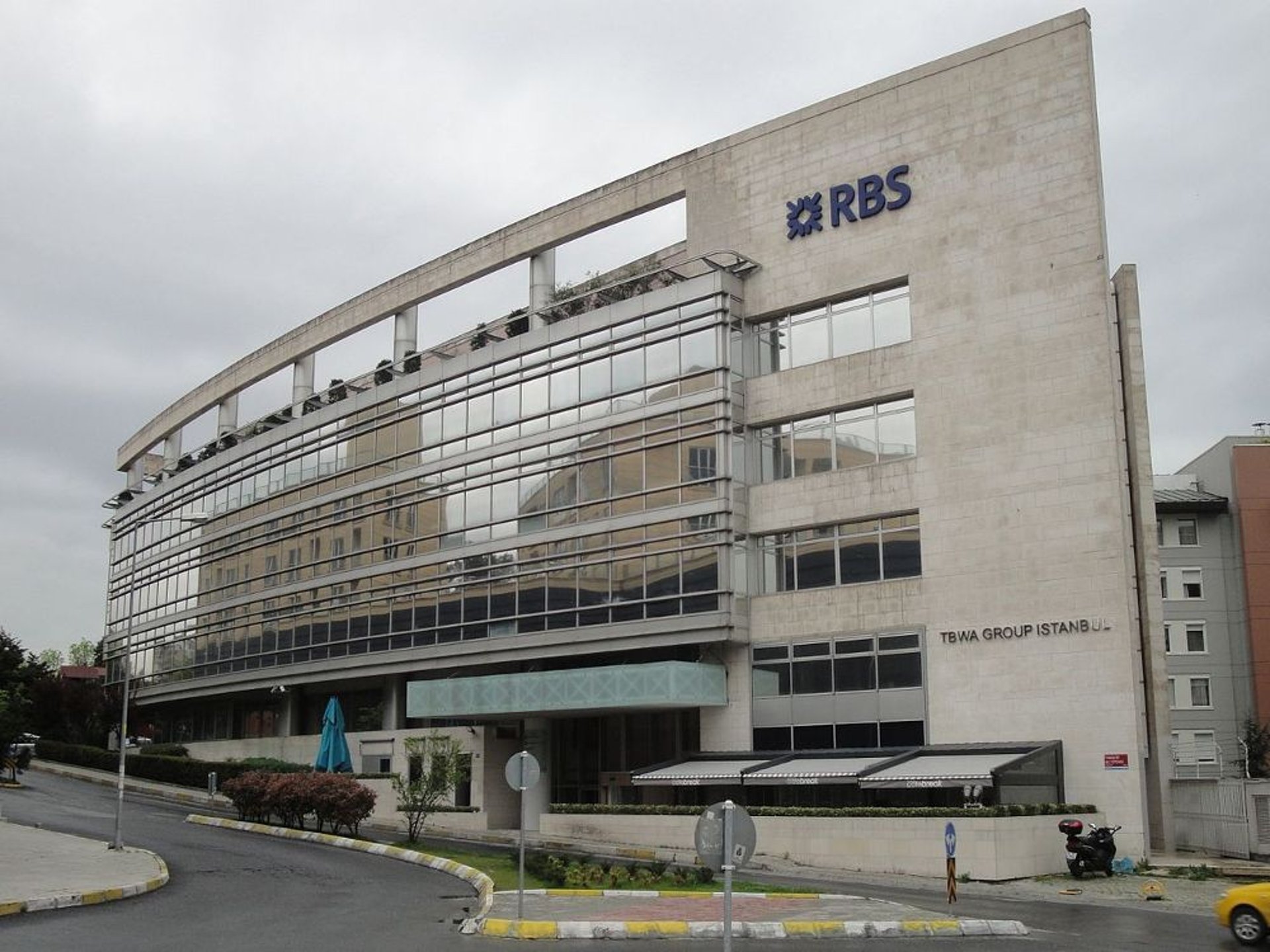
Royal Bank of Scotland - Trade Surveillance Implementation
SUCCESS STORY | CHARLES UECKERMAN


Introduction
The Royal Bank of Scotland undertook a significant initiative to enhance surveillance capabilities across multiple asset classes and trading venues, aiming to detect and prevent market manipulation, insider dealing, and the misuse of material non-public information. As the team lead, I spearheaded the implementation of processes to comply with regulatory requirements, including the monitoring of trading activities, e-communications, voice conversations, and employee profit and loss information obtained from external brokers.
The Challenge
Expanding surveillance to encompass various asset classes and trading venues posed a multifaceted challenge, requiring robust systems and processes to effectively detect and prevent illicit activities. Compliance with regulatory standards necessitated detailed monitoring across different channels, adding complexity to the project.
Objectives and Strategy
My primary objectives involved drafting a compelling business case to secure funding from the central program board, preparing a comprehensive budget for the project's lifecycle, and assembling a proficient team comprising project managers, business analysts, developers, and testers. Adhering to the bank-wide policy of Agile project delivery, I ensured a flexible and iterative approach to project management to enhance efficiency and responsiveness.
Implementation
Executing the project involved recruiting and establishing a high-performing team while maintaining adherence to Agile principles. I led the team in delivering project phases on time and within budget, navigating challenges and ensuring seamless coordination among team members. Building and nurturing relationships across the program within the bank and with third-party vendors was crucial for successful project implementation.
Results and Benefits
The diligent efforts and strategic approach led to successful project execution, enabling the Royal Bank of Scotland to bolster its surveillance capabilities and regulatory compliance. By effectively monitoring trading activities, e-communications, voice conversations, and employee profit and loss data, the bank enhanced its ability to detect and deter potential financial misconduct. Moreover, presenting project progress to the bank's central program board facilitated transparency and alignment with organizational objectives.
Conclusion
In conclusion, the project exemplified the bank's commitment to regulatory compliance and integrity in financial operations. By expanding surveillance capabilities and implementing robust monitoring processes, the Royal Bank of Scotland fortified its defenses against illicit activities in the financial markets. The project's success underscored the importance of strategic planning, effective team leadership, and collaborative relationships in achieving regulatory compliance and safeguarding the bank's reputation and operations.

